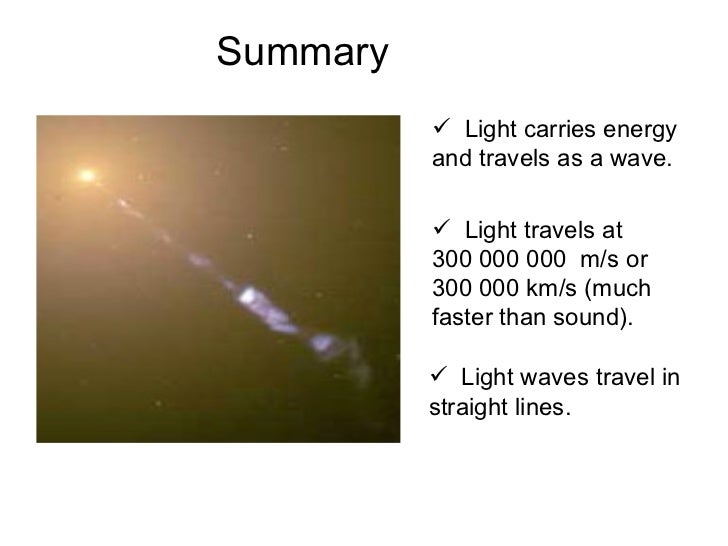

As a sound wave moves forward, it makes the air bunch together in some places and spread out in others. Sound waves work in a completely different way. That just means the water vibrates at right angles to the direction in which the wave travels. Waves like this are called transverse waves. Sea waves travel as up-and-down vibrations: the water moves up and down (without really moving anywhere) as the energy in the wave travels forward. There is one crucially important difference between waves bumping over the sea and the sound waves that reach our ears. Bottom: Ocean waves are transverse waves: the water moves back and forth at right angles to the line in which the wave travels. Top: Sound waves are longitudinal waves: the air moves back and forth along the same line as the wave travels, making alternate patterns of compressions and rarefactions.

If you want to learn more about how sea waves travel, read our article on surfing science.Īrtwork: Sound waves and ocean waves compared. It's a little bit like waves traveling over the sea: they start out from a place where the wind is blowing on the water (the original source of the energy, like the bell or buzzer inside your alarm clock), travel over the ocean surface (that's the medium that allows the waves to travel), and eventually wash up on the beach (similar to sounds entering your ears). It sets off from somewhere inside the clock, travels through the air, and arrives some time later in your ears. When you hear an alarm clock ringing, you're listening to energy making a journey. Why? Because with air once again inside the case, there's a medium to carry the sound waves from the ringing clock to your ears. As air rushes back in, you'll hear the clock ringing once again. With the clock still ringing, open the valve on top of the case. With little or no air in the case, there's nothing to carry the sound to your ears. As the case empties, the ringing clock sounds fainter and fainter until you can barely hear it at all.
Switch on the vacuum pump and remove the air from the case. You can easily hear the clock ringing because the sound travels through the air in the case and the glass, before continuing to your ears. Put a ringing alarm clock inside a large glass case with a valve on top. As the air gradually disappeared, the sound died out because there was nothing left in the jar for it to travel through.Īrtwork: Robert Boyle's famous experiment with an alarm clock. He carried out a classic experiment that you've probably done yourself in school: he set an alarm clock ringing, placed it inside a large glass jar, and while the clock was still ringing, sucked all the air out with a pump. The first person to discover that sound needs a medium was a brilliant English scientist known as Photo by Bill Thompson courtesy of US Fish and Wildlife Service. Whales, famously, "talk" to one another across entire ocean basins, while dolphins use sound, like bats, for echolocation. That's largely why mighty creatures of the deep rely on sound for communication and navigation. Photo: Sensing with sound: Light doesn't travel well through ocean water: over half the light falling on the sea surface is absorbed within the first meter of water 100m down and only 1 percent of the surface light remains. Sound, however, cannot travel through a vacuum: it always has to have something to travel through (known as a medium), such as air, water, glass, or We know light can travel through a vacuum because sunlight has to race through the vacuum of space to reach us on Earth. But there are some very important differences between light and sound as well. Sound is like light in some ways: it travels out from a definite source (such as an instrument or a noisy machine), just as light travels out from the Sun or a light bulb. We're just going to concentrate on the physical aspects of sound in this article. In short, there are two different aspects to sound: there's a physical process that produces sound energy to start with and sends it shooting through the air, and there's a separate psychological process that happens inside our ears and brains, which convert the incoming sound energy into sensations we interpret as noises, speech, and music. Eventually, even the air inside your ears starts vibrating-and that's when you begin to perceive the vibrating drum as a sound. As the air moves, it carries energy out from the drum in all directions. #Sound travels faster than light skin
If you bang a drum, you make the tight skin vibrate at very high speed (it's so fast that you can't usually see it), forcing the air all around it to vibrate as well. Sound is the energy things produce when they vibrate






 0 kommentar(er)
0 kommentar(er)
